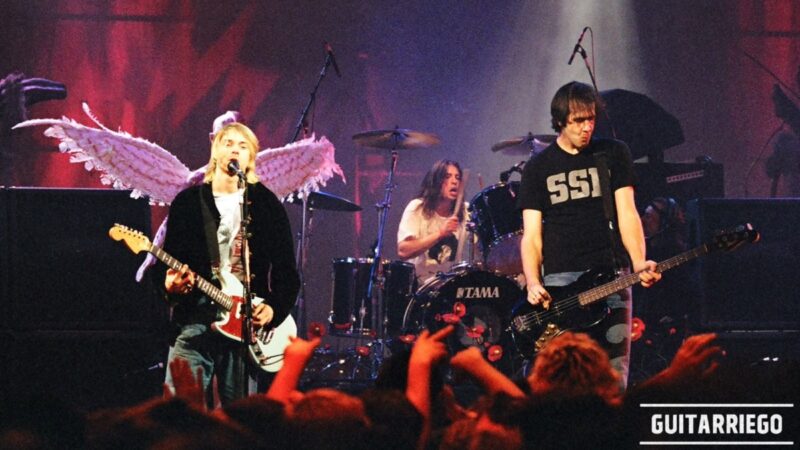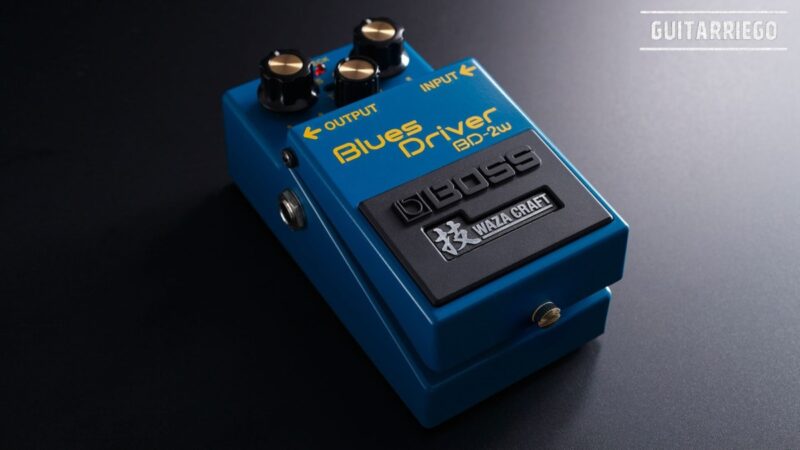Best tips to improve your tone with your amp
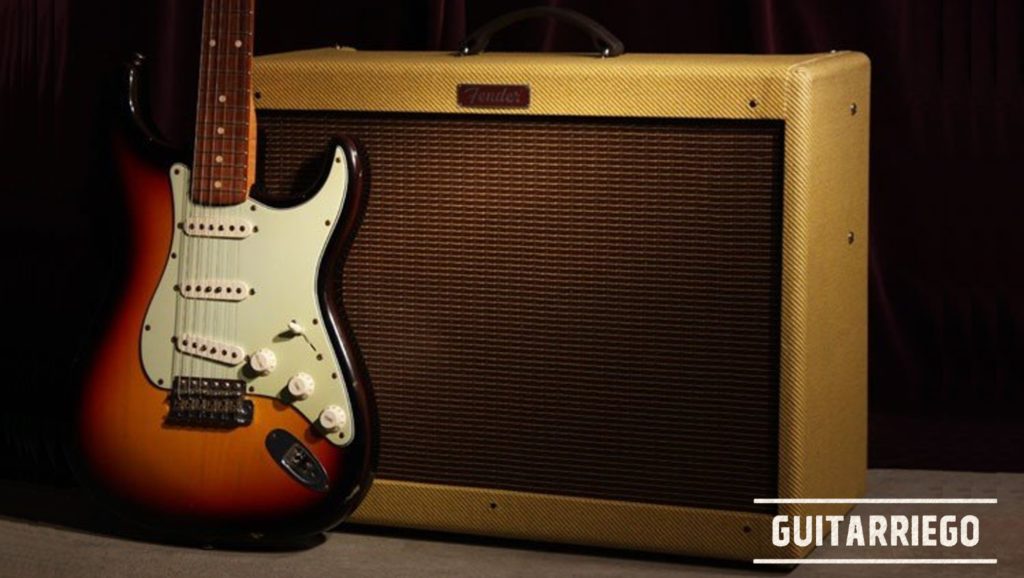
These best 9 tips to improve your tone as a guitarist will also allow you to enjoy your amp to the fullest and all its possibilities.
Our amp as part of our tone
Our tone is a set of personal and subjective aspects that make up our way of sounding. This includes our musical tastes, our technical resources and playing styles, and the equipment we use.
On this note, we cover all the aspects to consider to improve your tone and get the most out of your amp, which will also help you bring out the best in yourself as a guitarist.
How to choose the right guitar amp?
The choice of the amp should not be based solely on the audio of our favorite guitarist, or if you prefer, the tone of the amp. There are also other concepts that will allow you to use an amplifier with the audio you are looking for, and that gives the best for the use that you give it. It is not the same amplifier that a person who plays at home, and from time to time rehearses with friends, needs as the one who plays every weekend in a different place, or the one who plays in large stadiums and has a team of people who move all your equipment.
This note will help you find what you should consider to choose the right equipment for your needs and tastes. This will allow you to get the best tone out of your amp.

For all types of guitarists and of any level
This note on guitar amps is for those looking to bring out their best as guitarists, regardless of their level or style. How to improve the technique and take care of the small details. How to make your amp look its best.
9 Tips to improve the tone of your amp
An amplifier for you
As we explained before, it is very common to buy the amplifier that your favorite guitarist uses -at least the same brand-, or the same one that a friend bought because for him it was the best -but how many has he really tried? the people, what they have, is great! -. However, the most important thing is that this equipment adapts to your needs and circumstances. For example, you might love AC / DC audio, but that’s not why you’re going to buy a Plexi, an amplifier that needs a lot, a lot of volume to sound like a record, if you are finally going to play in your apartment.
So the basic question is how and where are we going to use our amp?
If the use is exclusively for home or study use, no matter how much we want it with all our soul, surely a valve will not adapt to our needs. The digital amplifier, type Yamaha THR or Adio Air GT -see our guide to the best digital amplifiers-.
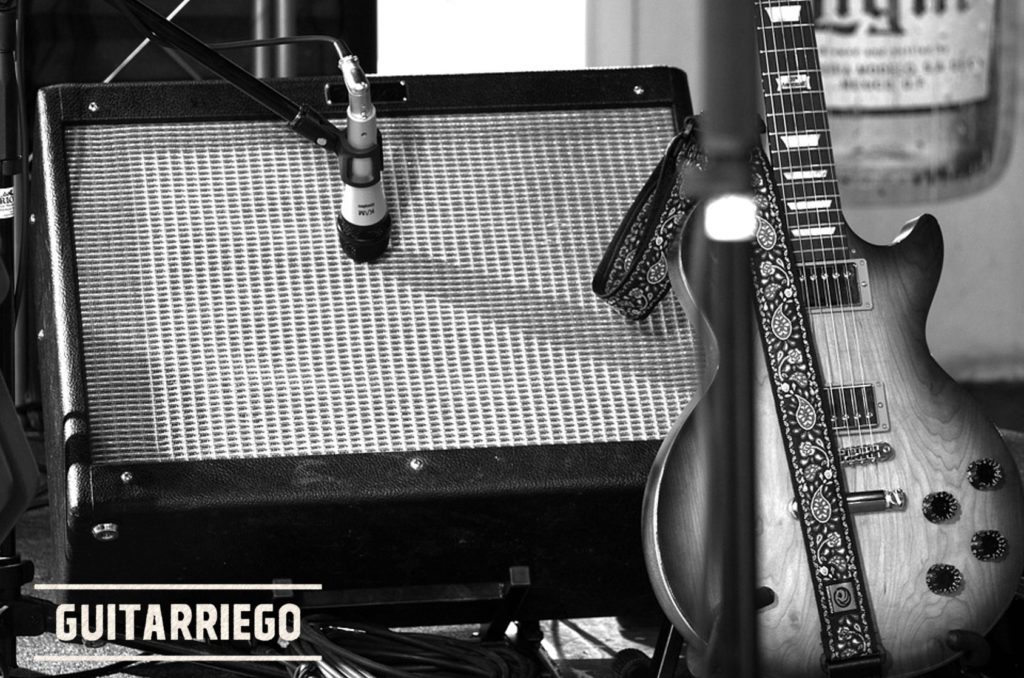
In the event that it is an amplifier to be used exclusively in the rehearsal room, a tube amplifier, regardless of its weight – since you will not move it – will be an excellent option, for example, the Vox AC30. Some are fortunate enough to have large houses and have the freedom to play at home at high volumes, a small tube amp may be an option, like the Vox AC10 or a Marshall DSL5R – see our guide to the best low wattage amps– .
The problem, many times, is that the use that we will give the amplifier will be varied, from home study, to rehearsing once a week and every so often to play in small or medium venues. That’s where all the possibilities have to be taken into account and things get complicated. You can go for a high wattage digital amp like the Fender Champion 100XL or use a medium or large tube that doesn’t weigh tons and sounds good at low volumes like the Marshall DSL20 or DSL40.
An amp of your musical style
Another important aspect to take into account is the style that we are going to play. Playing blues is not the same as playing metal. To be guided by the recognition of the popularity of a brand or model of guitar or amplifier without considering what type of audio it has or what it can serve us is a big mistake. The case is never missing when a person who plays Hard Rock finishes his first tube set, a Fender Deluxe Reverb or similar. No matter how much distortion pedals you put on it, it will never sound like a Marshall JCM800 or a Mesa Boogie Dual Rectifier.
For those who have music as a hobby but play different styles, it is interesting to look for a versatile equipment, there, nothing better than a digital amplifier. A digital rig has excellent emulations of clean Fender-type amps, vintage crunches like Marshall Plexi or Vox AC30, like High-gain audios like Marshall JCM800, or Mesa Boogie Dual Rectifier and more.
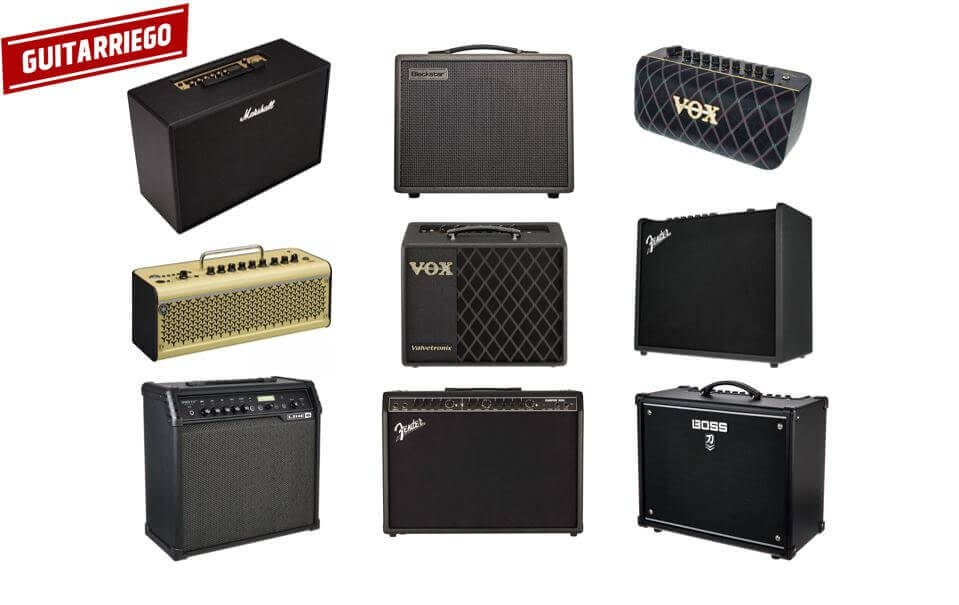
The right size or wattage for the recital
While one may have the logic that the bigger the recital, the bigger the amp is needed, this is not really true very often. Small concerts are usually in bars or pubs without miking, monitoring, and you will have to depend on your amplifier.
Depending on the audio you are looking for, a small equipment may or may not be convenient, since your volume will depend on your equipment. If you require clean, you will need a minimum 30 watt amplifier. But if you want a very rotten and saturated audio, one of 15 or 18 watts can be perfect, to achieve pure tube saturation of the power stage that will give you all its harmonics achieving the best performance of your amplifier – sweet spot or sweet spot. -.
On the other hand, in a large place with a good PA, it is already a different story: the sound technician will surely limit the use -volume- of an amplifier of 30 watts or more. In turn, it is possible that the miking and monitoring allows you to use a smaller amplifier to your liking and you can set it in its sweet spot or sweet spot.
Outdoor recitals and the wind or breeze effect
When they are recitals or outdoor festivals, large or small, any wind or breeze can strongly affect the sound, taking it to the opposite side of where the public is. Therefore, you will require extra power. Therefore, it is best to always bring the amplifier with the highest wattage to have a greater margin.
Plan the equipment well for each occasion. Coordinate in advance with the organizer or if you can better, with the sound engineer of the place where you will play. Thus, you can improve your tone as a guitarist thanks to a good use of your amplifier.
The importance of the speaker and its cabinet in tone
The choice of speaker or speaker and its cabinet will not only significantly influence your tone, but also the volume of your setup. The speaker is an extremely important part of the tone of your amp. There is a test done by a YouTuber Johan Segeborn, who plugs a vintage 1970 Celestion Greenback into a cheap transistorized practice rig and shows how the amplifier’s tone improves noticeably, taking on that vintage audio character from the late 60’s and 70’s. Look for a speaker that complements or balances your equipment’s audio.
Watch the video that reflects the importance of the cabinet and the speaker:
In Guitarriego we have done a similar test, regarding the cabinet. We took a Vox AC4C1-12 and put a Celestion V30, an English G12H30 and a Greenback G12M25 in it, and while there was change, none was noticeable compared to using a Marshall Haze MHZ112 1×12 box fitted with a Celestion Creamback. Only with the larger cabinet the character of the amp changed sounding more similar to a Vox AC15C2 against which we compared it. Checking the incidence of the Cabinet. In other words, both the speaker and the cabinet are fundamental elements of the tone and character of the amplifier.
The importance of the speaker and its cabinet in volume -and tone-
On the other hand, there is the factor of the efficiency of your speaker, fundamental to achieve a good tone from your amplifier. A speaker with higher sensitivity -or efficiency- will give you more decibels or volume with the same amplifier than if you use a less efficient one. If you require more clean, use an efficient speaker so as not to demand so much from the amp. The same if you have a low wattage equipment, you may need more volume so as not to be covered by the drummer, a speaker with more decibels will give you greater volume, allowing you to use an amplifier with less watts.
On the contrary, if you want to achieve saturated and dirty tones, of saturated tubes and “screaming” harmonics, put your amplifier a speaker with less efficiency, to reach the same volume, you will have to ask the amplifier for more, achieving greater saturation of the stage. power. In this way, you can improve the tone of your amplifier, depending on how you use it.
Sensitivity or efficiency of guitar speakers or speakers
As a guide, low-efficiency speakers are the Celestion Creamback G12M 65 and G12T-75 with 97 dB or the Greenback G12M or the V-Type with 98 dB. On the other hand, you have intermediates with 100 dB like the Celestion Creamback G12H 75 and Vintage 30 of 100 dB. Finally, the most efficient are some Eminence like the Wizard with 102.8 dB and The Governor with 102.3 dB.
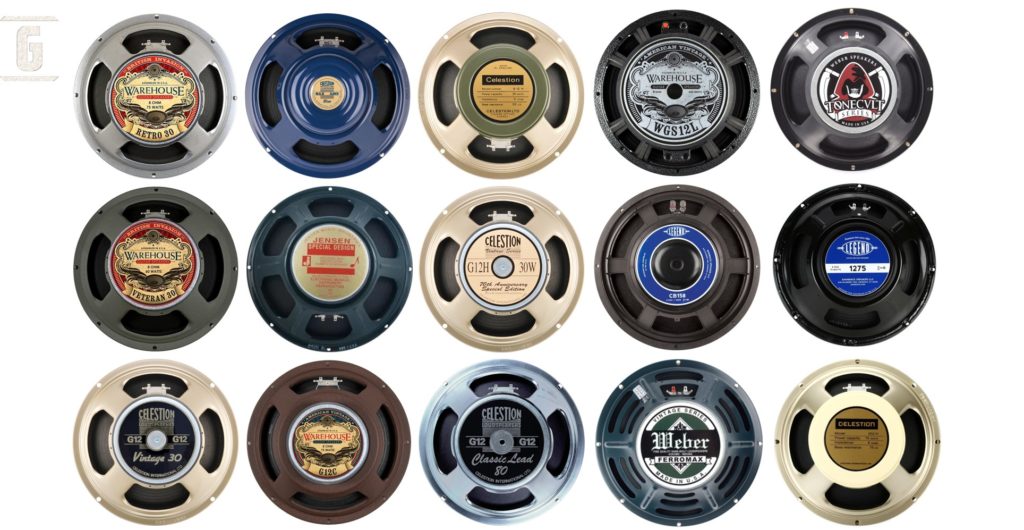
Just so you can visualize the effect of speaker efficiency, a 50-watt rig with a 100dB speaker will match a 100-watt rig with a 97dB speaker.
In case you have a large amplifier that needs volume to sound good or you are looking for saturation of the output stage, use speakers with 97 or 98 dB. On the contrary, if you are looking to make your equipment perform with low wattage, for example 10 or 15 watts, you can go for speakers of 100 dB or more, to be able to use it without fear of falling short of volume.
Use, distance and height of the amplifier
Just as one plays with the heights of the pickups or pickups, the place where the string attacks and the force used. A similar exercise should be done with your amplifier or speaker cabinet.
Ideal height for amplifiers, cabinets or speaker cabinets
There is no single way, it is a matter of taste. Some guitarists use a stand to bring the speakers closer to head height, using them as monitors. Other musicians prefer the booster or reinforcement effect on the bass that teams have on the stage floor.
Types of speaker boxes or cabinets
There are musicians who prefer the three-dimensional acoustics of open-back cabinets; Others prefer closed-back cabinets that keep the bass sharp and defined, and have directional audio.
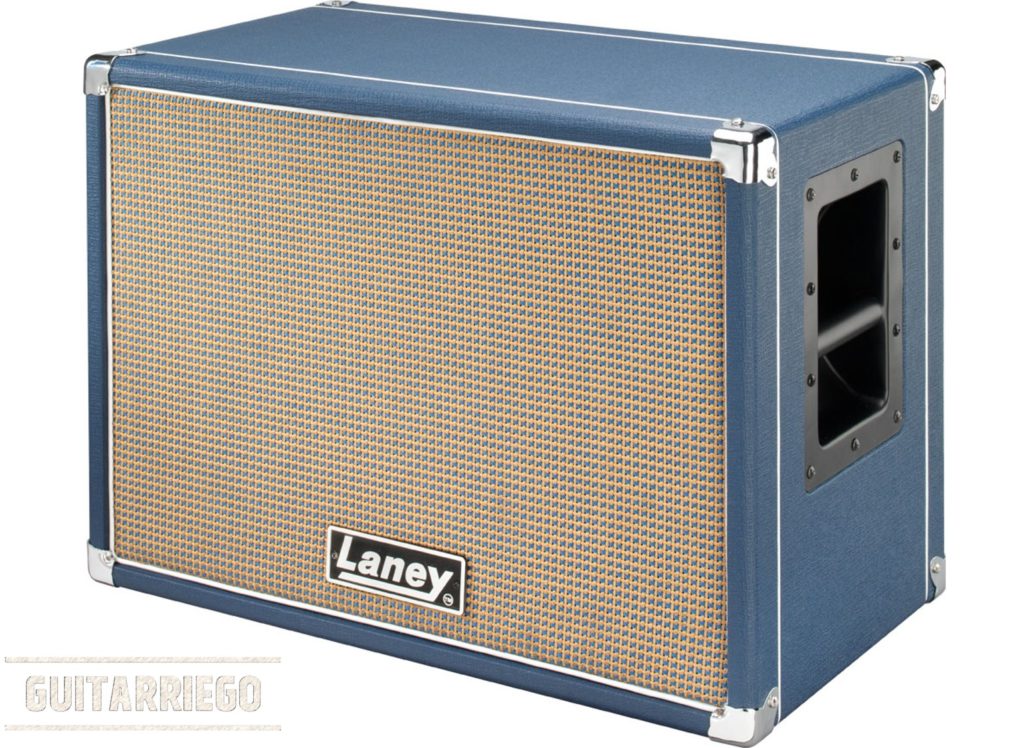
Cabinet distance
The further away the sound wave expands the better and can achieve a better mix in the environment. It is important to find the perfect location where both the guitarist but also the audience can enjoy a better show.
Consider yourself part of a band, not just a guitarist
A key issue in improving your tone using your amp is to keep in mind that what sounds good at home or in the studio when you play solo may not when you’re with the band. An excellent example is Brian May, his tone in Queen is indisputable, but surely you have heard a track of him alone with his guitar and you said “How skinny it sounds!”. This is the sad reality, one becomes obsessed with having good “lows”, that is to say, bass, and then the sound engineer arrives, and lowers the bass and mid-bass so that your guitar does not fill with the bass.
Video with Brian May’s guitar on Bohemian Rhapsody
Here you can listen to the audio of Brian May’s Red Special guitar only on Bohemian Rhapsody on Queen:
This is most notable, if you play in a band that has a second guitarist, or keyboard player. It may happen that you get lost among the other midrange and bass frequencies of the other instruments. Don’t be tempted to turn up the volume on your amp in this situation. Think about the overall mix, look for the frequency niche in which your guitar needs to stand out and excel. It accentuates the upper mid-range or mid-high frequencies, where the electric guitar has its natural place.
In short, your set should be put together so that it performs in the context of the band, and not just how it sounds when you’re alone. The amp and all components of your set must be equalized to volume and in band context.
The more you play at the band’s volume with other musicians, the better you’ll understand your guitar, amp, and pedals, the better your rhythm and feel, and the better you’ll sound as a result.
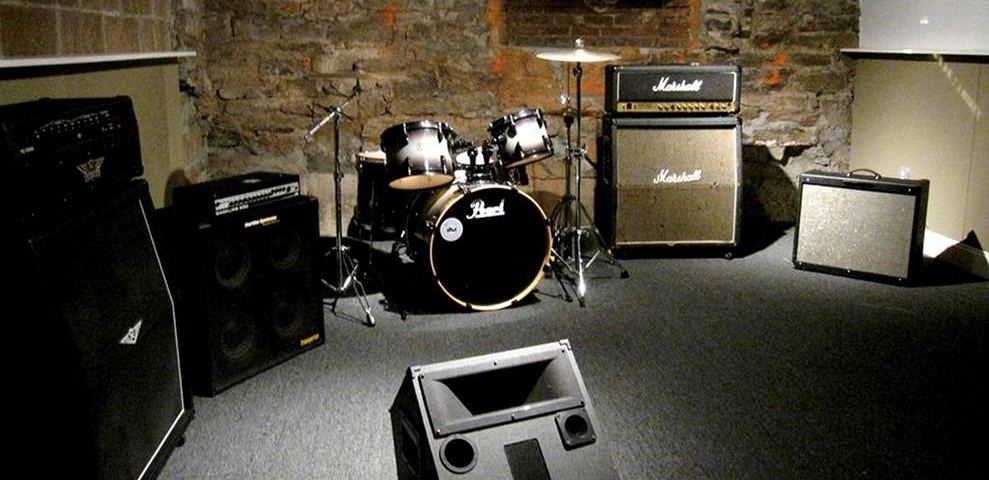
Finally, when possible, seek to listen to the band from the audience’s position, as if you were one of them. They will not go only for you, but for the entire band. Make sure the band sounds good, if it does, it means that you are sounding good too.
EQ your amp without effects
Although it seems basic, to improve the tone of your amp, it is important to keep in mind that you must equalize from your “base” sound. Then, you will accommodate the rest of your setup to grow and refine that sound. Use the guitar with the pickup you use the most to accommodate your amp.
Then, you will add the other components, for example, the overdrives or distortions and modulations, if you use. These should accommodate the amplifier. In the case of guitars, you should consider that each guitar may need an adjustment, for example, you may need a booster or a re-equalization for when you go from an instrument with Humbuckers to another with Singlecoils. An excellent tool to avoid playing the amp is to use an equalizer pedal for these settings. Check out our guide to the tricks and uses of equalizer pedals.
The importance of good miking
Finally, whether live or in the studio, a good microphone is essential to get a good tone -see our guide to miking guitar amps. It is highly recommended that you have yours, the one that gives you the best result, and know how and where to locate it. A bad microphone or a bad location can ruin all your previous effort to get a good tone as a guitarist. Therefore, it is important that you have this aspect studied and controlled.
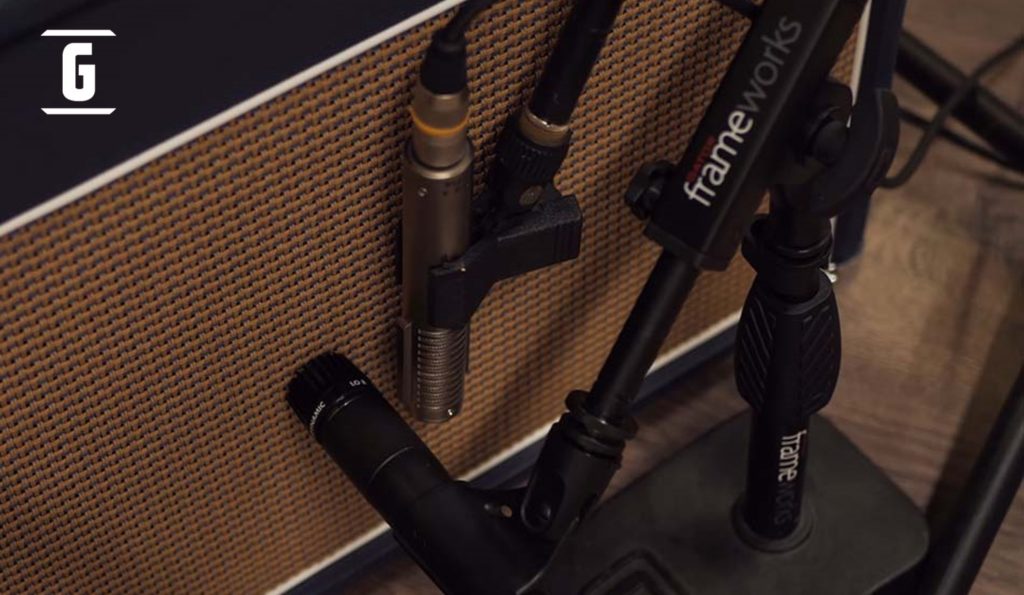
The Shure SM57 has been the standard and universal microphone for the live and studio for many years. It’s great for capturing aggressive rock tones, but there are other great options on the market. In fact, a different microphone may be better suited to your purposes. Also consider experimenting with the angles and proximity of the microphone (s).
Spend time finding the mic or mics that best picks up your tone.
Related Articles: Top tips for miking your guitar amp.
For more information, head over to Guitar Quarter.
You can share opinions or also chat about this and more with other musicians in our comments section.

